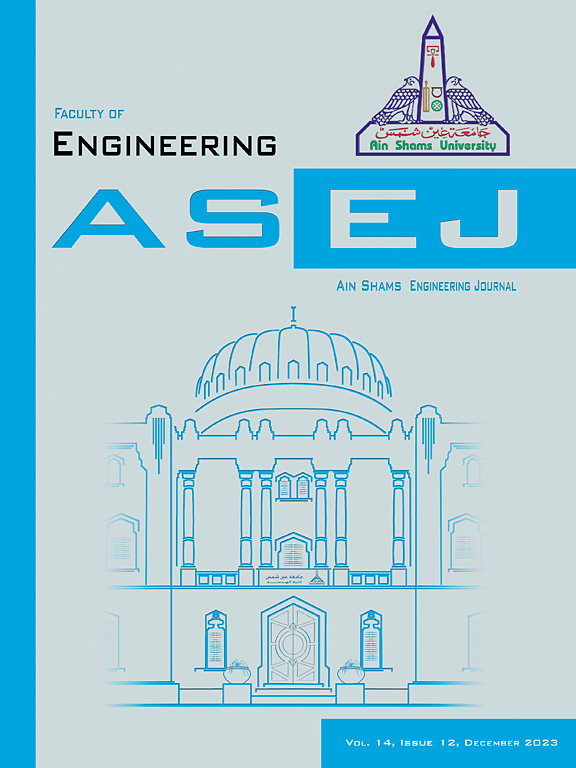Analysis of Monte-Carlo collision method with argon and helium background gases at different RF-powers and pressures in ELTRAP device
IF 5.9
2区 工程技术
Q1 ENGINEERING, MULTIDISCIPLINARY
引用次数: 0
Abstract
The impact of confined excited electron with argon and helium background gases is systematically studied using Monte-Carlo particle-in-cell simulations for various low powers (1.0–8.0 V) and pressures (1.50 × 10−8 Torr and 3.75 × 10−9 Torr) in ELTRAP device. The results of these numerical studies showed that the heating effect of the excited confined electron plasma density of 5 × 1014 m−3 within the Brillouin limit () resulted a higher temperature (eV) and increased collision time in argon as a background gas as compared to helium gas. The axial temperature (eV) has a higher value than the radial temperature (eV) and increases with the increase in RF-Powers and pressures. The maximum kinetic energy of excited confined electrons occurred in the range of 0.03–0.04 m radially due to the maximum self-electric field intensity in simulation time up to 20 µs. The electric field decreases when the collision frequency is increased. The secondary electron production and ionization are higher than expected at a background pressure of 1.50 × 10−8 Torr as compared to 3.75 × 10−9 Torr. The remaining secondary electrons were always ejected from the symmetry axis of the device. It was observed that the production of secondary electrons is proportional to the ionization rate.
分析 ELTRAP 设备中不同射频功率和压力下氩气和氦气背景气体的蒙特卡洛碰撞方法
在 ELTRAP 装置中,使用蒙特卡洛粒子池模拟法系统地研究了不同低功率(1.0-8.0 V)和压力(1.50 × 10 托和 3.75 × 10 托)下受激电子与氩气和氦气背景气体的影响。数值研究结果表明,在布里渊极限()内,5 × 10 m 的受激约束电子等离子体密度的加热效应导致氩气作为背景气体与氦气相比温度(eV)更高,碰撞时间更长。轴向温度(eV)高于径向温度(eV),并且随着射频功率和压力的增加而增加。受激约束电子的最大动能出现在 0.03-0.04 m 的径向范围内,这是因为在模拟时间达到 20 µs 时,自电场强度达到最大。碰撞频率越高,电场强度越低。与 3.75 × 10 托相比,在 1.50 × 10 托的背景压力下,二次电子的产生和电离高于预期。剩余的二次电子总是从装置的对称轴上射出。据观察,二次电子的产生与电离率成正比。
本文章由计算机程序翻译,如有差异,请以英文原文为准。
求助全文
约1分钟内获得全文
求助全文
来源期刊

Ain Shams Engineering Journal
Engineering-General Engineering
CiteScore
10.80
自引率
13.30%
发文量
441
审稿时长
49 weeks
期刊介绍:
in Shams Engineering Journal is an international journal devoted to publication of peer reviewed original high-quality research papers and review papers in both traditional topics and those of emerging science and technology. Areas of both theoretical and fundamental interest as well as those concerning industrial applications, emerging instrumental techniques and those which have some practical application to an aspect of human endeavor, such as the preservation of the environment, health, waste disposal are welcome. The overall focus is on original and rigorous scientific research results which have generic significance.
Ain Shams Engineering Journal focuses upon aspects of mechanical engineering, electrical engineering, civil engineering, chemical engineering, petroleum engineering, environmental engineering, architectural and urban planning engineering. Papers in which knowledge from other disciplines is integrated with engineering are especially welcome like nanotechnology, material sciences, and computational methods as well as applied basic sciences: engineering mathematics, physics and chemistry.
 求助内容:
求助内容: 应助结果提醒方式:
应助结果提醒方式:


